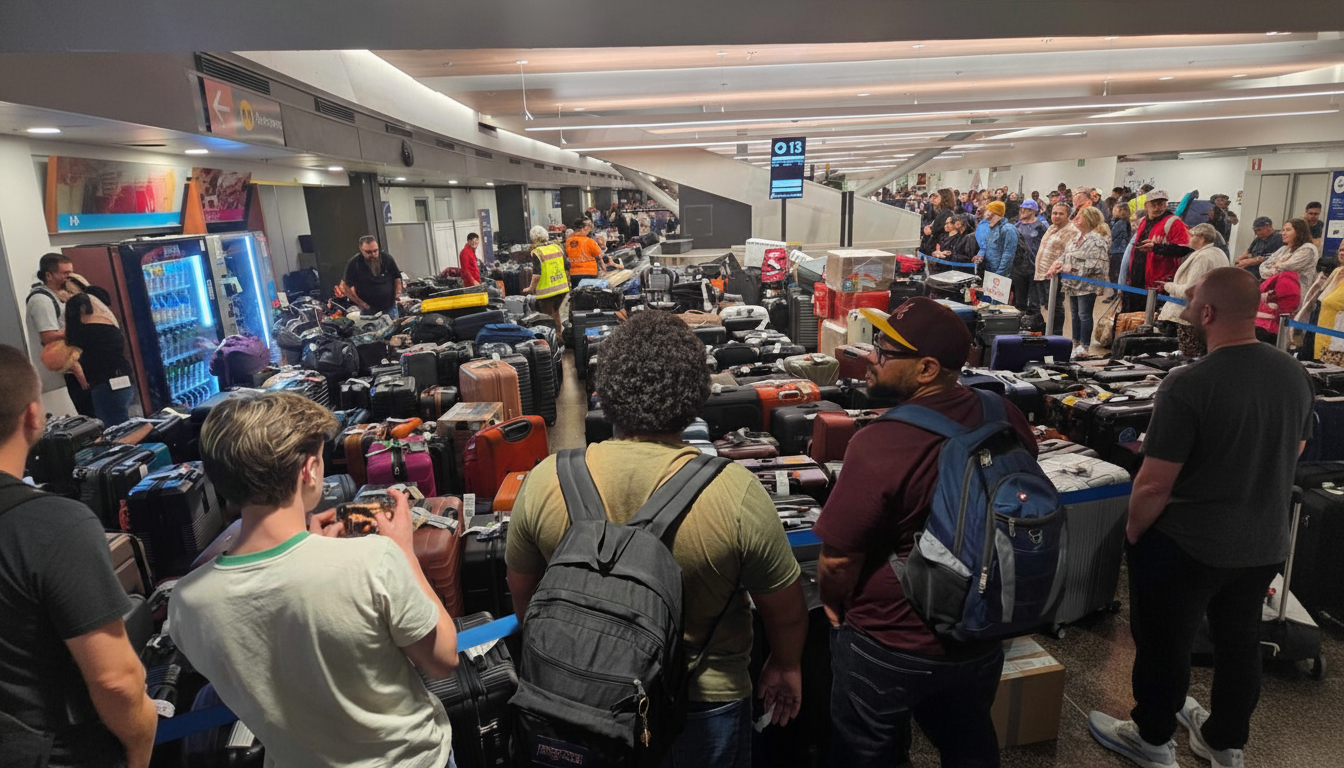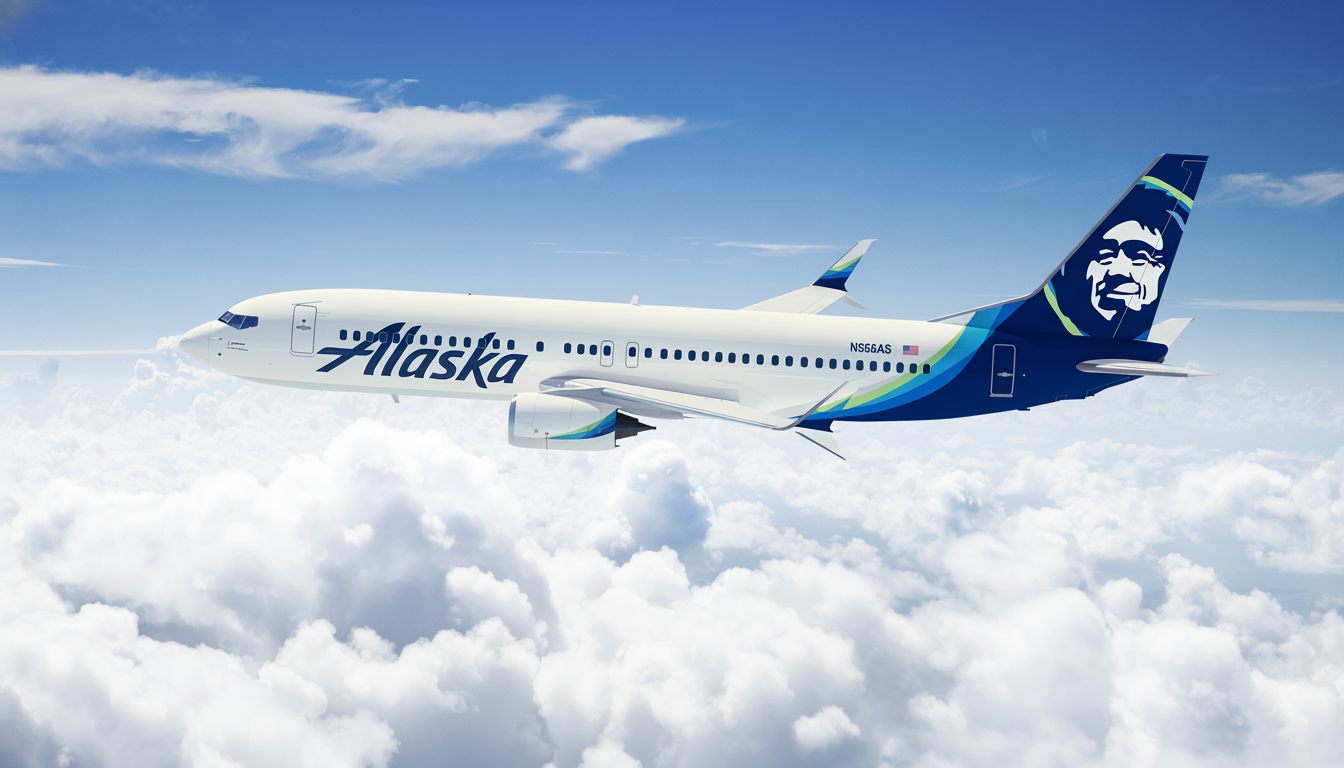Alaska Airlines was forced to suspend flights and cancel numerous others when a massive IT outage knocked the airline’s technical resources offline, prompting a systemwide ground stop for Alaska and regional subsidiary Horizon Air. The carrier said the failure was not related to cybersecurity, but the delay cascaded through its network and threw schedules out of whack as crews and aircraft were left in the wrong place.
What happened during Alaska’s widespread IT outage
The carrier suffered a failure at its main data center, which knocked out crucial operational applications used for flight dispatch, crew assignments and rebooking of customers. With those systems disabled, Alaska instituted another safety-first ground stop which will allow no departures until it reboots its most crucial services. When the ground stop lifted, cascading delays and cancellations prevailed as the network rebooted inconsistently.
- What happened during Alaska’s widespread IT outage
- Scope of the disruption across Alaska’s network
- Passenger options and rights during widespread delays
- Why airline IT failures can ground operations quickly
- Why recovery will take time after a systemwide shutdown
- What to watch next as Alaska restores operations

Scope of the disruption across Alaska’s network
According to data from FlightAware, more than 360 flights were canceled and hundreds of others were delayed, illustrating how swiftly a point of failure could upend an airline’s carefully coordinated network. The worst effects were concentrated at Alaska’s busiest stations — Seattle, Portland, Anchorage, San Francisco and Los Angeles — where flight rotations and crew schedules are most complicated.
Travelers said they encountered hourslong lines at service desks, only to have the app and website again display error messages, and rebookings that later fell through as the schedule shifted. Alaska said it was scrambling to return to normal operation as quickly and safely as possible, though warned that additional disruptions are likely while aircraft and crews are repositioned.
Passenger options and rights during widespread delays
When a flight is canceled, US Department of Transportation regulations require airlines to provide you with a refund if the cancellation occurs under certain circumstances and you choose not to accept an alternative flight. Federal rules also require airlines flying from or within the United States (including overseas territories) to provide passengers who are bumped because their flights were oversold compensation in the form of cash or check for use on future trips. That includes ancillary fees such as those for checked bags and seat selection related to the canceled flight. Alaska is also permitting customers to rebook: availability may be limited, however, as the airline works to rebuild its schedule.
According to commitments posted on the DOT’s customer service dashboard, Alaska offers meal vouchers for lengthy controllable delays and will cover hotel costs when passengers are stranded overnight as a result of the airline’s doing. Travelers should inquire with agents about those policies and retain all receipts. For those using a credit card offering trip protection, call its issuer soon after to offset any incidental out-of-pocket expenses.
Why airline IT failures can ground operations quickly
The modern airline operation relies on a web of interlocking systems including flight planning, weather, crew scheduling, maintenance, gate management and customer tools. A failure in a single system can cause carriers to ground departures not because planes are unsafe, but because dispatch and crew legality checks can’t be made. (Uptime Institute global outage studies indicate 60% of IT incidents have a financial loss of at least $100,000.) However, the aviation industry is singled out as one where there are real-time dependencies and safety requirements.

There have been other such flashpoints across carriers in recent years, from software configuration errors to data center failures. Although airlines have added redundancy and cloud backups, legacy applications, complex integrations and dependencies on vendors still create choke points that can be tough to eliminate completely.
Why recovery will take time after a systemwide shutdown
Restarting an airline after a systemwide shutdown is not as easy as flipping a switch. Planes and crews find themselves stranded in the wrong cities, crew duty-time limits limit how long staff can work before they must rest. The operational solution is a rolling series of schedule changes, ferry flights to move planes into place and new crews to reset rotations — all while finding a way for the people displaced by these plans.
With travelers who haven’t left yet, the most pragmatic measures include checking the airline’s app for up-to-the-minute updates, confirming rebooking covers any checked bags and seat assignments and considering alternate airports nearby where inventory might open more quickly. And if travel is no longer possible, ask for a refund instead of a voucher so you still have flexibility.
What to watch next as Alaska restores operations
Alaska said investigators are focused on the data center failure and adding redundancy to prevent repeats of such incidents. Multi-redundant hardware at the airline’s data centers caused a separate disruption, which the carrier blamed for that one, in a lesson on how layered safeguards can fail. Regulators and consumer advocates are sure to cast an eye on what led to the outage, and whether promises to take care of passengers in the midst of the disruption were upheld.
As operations improve in the days ahead, the metrics to watch will be schedule normalization for hub airports as well as same-day reaccommodations and baggage delivery for those that were disrupted. For an airline that is generally reliable, how well it handles this recovery — and the transparency it offers along the way — will matter as much as whatever went wrong to begin with.

